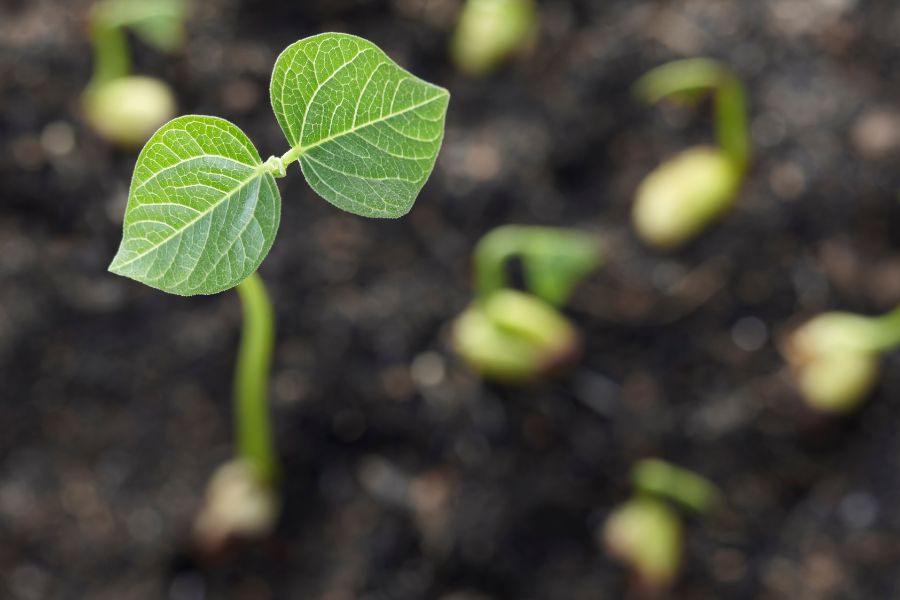There’s something truly magical about witnessing a tiny seed transform into a flourishing plant. Starting seeds yourself unlocks a world of possibilities, from unique heirloom varieties to the satisfaction of growing your own food. While it might seem daunting at first, even complete beginners can achieve success with a few key steps. So, let’s dive into the world of seed starting and equip you with the knowledge to cultivate your own green thumb!
Choosing the Right Seeds
The success of your seed starting venture begins with selecting the right seeds. Below are some tips you might want to consider:
- Quality Matters: Opt for reputable seed companies or local nurseries. Certified organic seeds ensure no harmful chemicals were used.
- Start Local: Choose varieties suited to your climate and growing season. Research regional favorites or browse seed catalogs for detailed information.
- Consider Timing: Not all seeds germinate at the same time. Check the seed packet for optimal sowing windows, typically listed as weeks “before last frost.” This ensures seedlings are ready for transplanting outdoors when the weather permits.
Selecting the Proper Soil
Choosing the appropriate soil is a foundational step that sets the stage for robust plant development. Make sure to take note of the following:
- Skip the Garden Soil: Regular garden soil is too dense and can harbor pathogens harmful to delicate seedlings. Use a sterile, well-draining “seed starting mix” specifically formulated for this purpose.
- Light and Airy: Look for a mix with ingredients like coco coir, perlite, and vermiculite. These components promote aeration and prevent waterlogging, crucial for healthy root development.
- pH Balanced: Most seedlings thrive in a slightly acidic environment (pH 6.0-6.5). Check the pH level of your chosen mix and adjust if necessary.
Seed Planting Techniques
Once armed with quality seeds and soil, mastering seed planting techniques is the next step. Follow this short step-by-step guide on how to effectively plant seeds.
- Prep your containers: Choose shallow trays or pots with drainage holes. Moisten the seed starting mix but avoid saturation.
- Sow with care: Follow the seed packet instructions for planting depth. Generally, smaller seeds require shallow planting, while larger seeds need more space. Use a pencil to create shallow furrows if needed.
- Spacing is key: Space seeds according to the packet’s recommendations to avoid overcrowding and competition for resources.
- Cover and coddle: Lightly cover the seeds with a thin layer of vermiculite or sand to retain moisture. Use a clear plastic dome or humidity tray to create a mini greenhouse, trapping warmth and moisture.
Providing Adequate Light and Temperature
- Seedlings crave light: Most seedlings need around 14-16 hours of bright light daily. South-facing windows are ideal, but consider supplementing with grow lights if natural light is limited.
- Warmth is essential: Maintain consistent temperatures according to the specific needs of your chosen plants. Some seeds require warmer temperatures (70-80°F) for germination, while others prefer cooler conditions.
Watering Your Seedlings
Remember, you need moisture, not mud. Use a mister or spray bottle to gently water seedlings, avoiding overwatering, which can lead to root rot. Aim for consistently moist, not soggy, soil. Do the bottom-watering magic by placing your containers in a shallow pan filled with water. This allows for gentle wicking from the bottom, promoting healthy root development.
Transplanting Seedlings
- Have patience: Wait until seedlings have developed several true leaves and appear sturdy before transplanting. Hardening them off outdoors for a few hours daily gradually acclimatizes them to harsher conditions.
- Bigger digs: Choose pots with adequate drainage and fill them with fresh potting mix. Gently dig up seedlings, avoiding damaging roots, and transplant them into individual pots or your prepared outdoor garden bed.
Starting seeds is a rewarding journey, one filled with learning and the joy of nurturing new life. Remember, a little planning and these simple steps can set you on the path to cultivating a thriving garden, even as a complete beginner. So, gather your supplies, choose your seeds, and get ready to witness the magic of transformation unfold!
Bonus Tip: Don’t be afraid to experiment! Seed starting is a learning process, and even experienced gardeners encounter hiccups. Keep detailed notes on your methods and results to refine your approach for future success. Happy planting!


Recent Comments